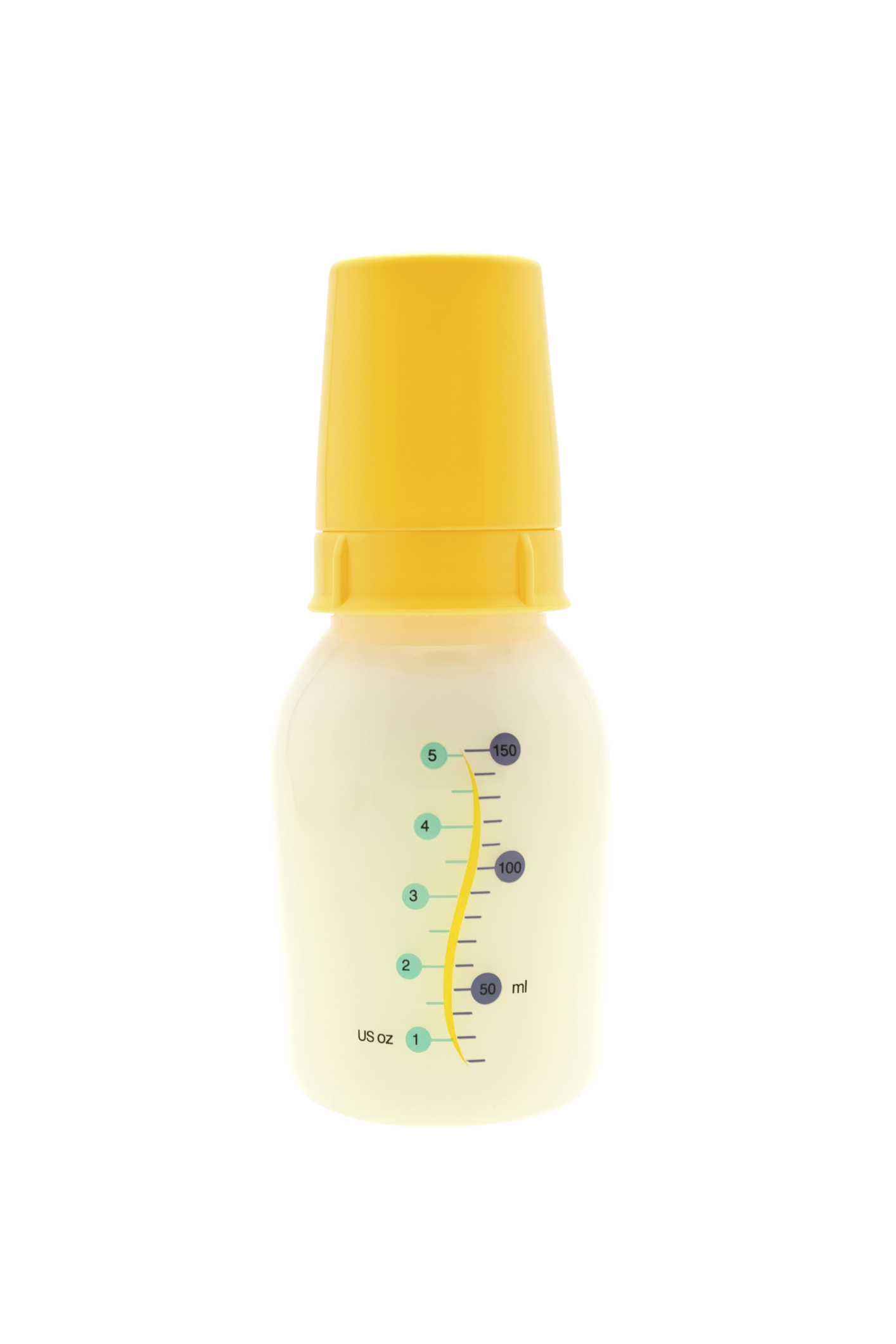Tips for Safe Breast Milk Storage
 Breastfeeding moms often find themselves needing to pump and store milk. Knowing the proper way to store and reheat breast milk is vital to keeping your baby healthy and happy.
Breastfeeding moms often find themselves needing to pump and store milk. Knowing the proper way to store and reheat breast milk is vital to keeping your baby healthy and happy.
Storage
Many pumps include an insulated storage bag, but any type of cooler would do- even your child’s Dora the Explorer lunch box, said Doraine Bailey, Breastfeeding Support Services Program Coordinator at the Lexington-Fayette County Health Department.
“You want to keep (breast milk) cold the same way you would want to keep any other food cold if you were going to be out and about,” she said. “The same way you would put your potato salad in a cooler, you need to put your breast milk in a cooler.”
Breast milk that is left out starts to grow bacteria, which Bailey said is the equivalent of food poisoning to babies. Breast milk that is not consumed immediately after pumping needs to be kept cold until serving.
“Moms might think because breast milk is full of antibodies and all that good stuff you can leave it on the counter and those things will protect it. That’s not so,” Bailey said. “If any container feels warm to the touch, you’ve probably making yogurt.”
Thawing & Heating
If breast milk is frozen, it is safest to thaw it slowly in a cold spot to avoid bacteria growth. The same way you would thaw frozen chicken or hamburger, do not thaw frozen breast milk at room temperature.
“It’s basic food safety,” Bailey said. “The best practice true for any thawed food is use it within 24 hours and you don’t want to refreeze once thawed.”
Bailey advises parents to warm up breast milk or formula by placing the bottle in a dish of warm water. Microwaves seem convenient but can overheat easily and risk burning the baby.
Milk should not be hot once warmed. “Warming up” really means bringing the milk to a neutral temperature.
“Body temperature is the goal,” Bailey said. “Not hot or cold. Goldilocks temperature.”
When preparing bottles, small portions are best to avoid wasting leftover milk. Once a baby drinks from a bottle, the leftover milk cannot be saved.
“Make small bottles because you should never save leftovers,” Bailey said. “Babies have backwash full of bacteria.”
Resources
For more info on safe breast milk storage, visit the Centers for Disease Control website here.
For info on the Lexington Fayette-County Health Department’s Breastfeeding Support Services, visit the website here.

